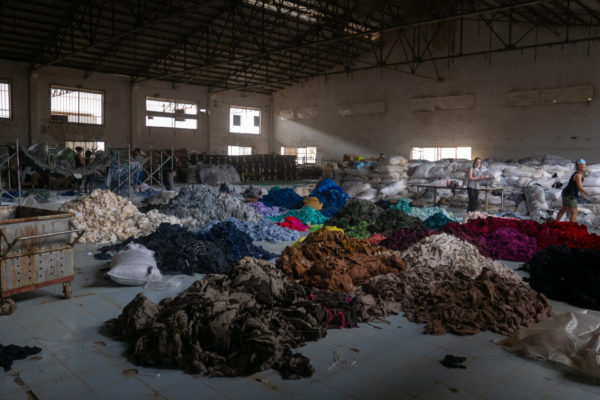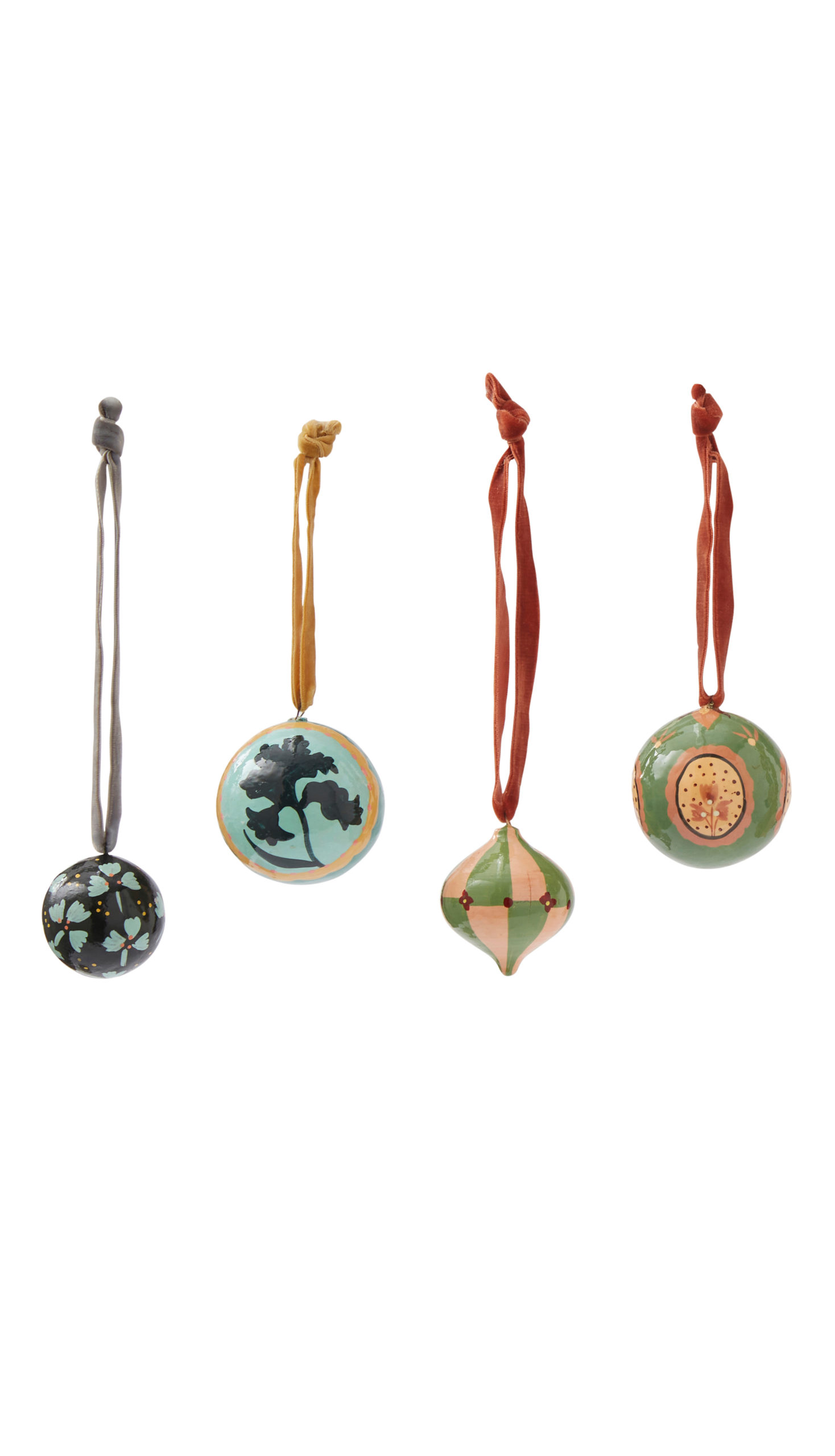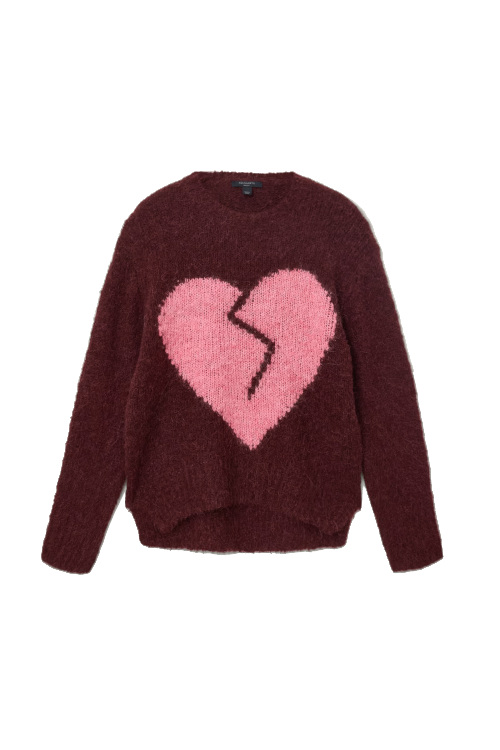Here’s What The UK’s New Waste Prevention Programme Means For Fashion
By
2 years ago
A break down of the 'Maximising Resources, Minimising Waste' programme
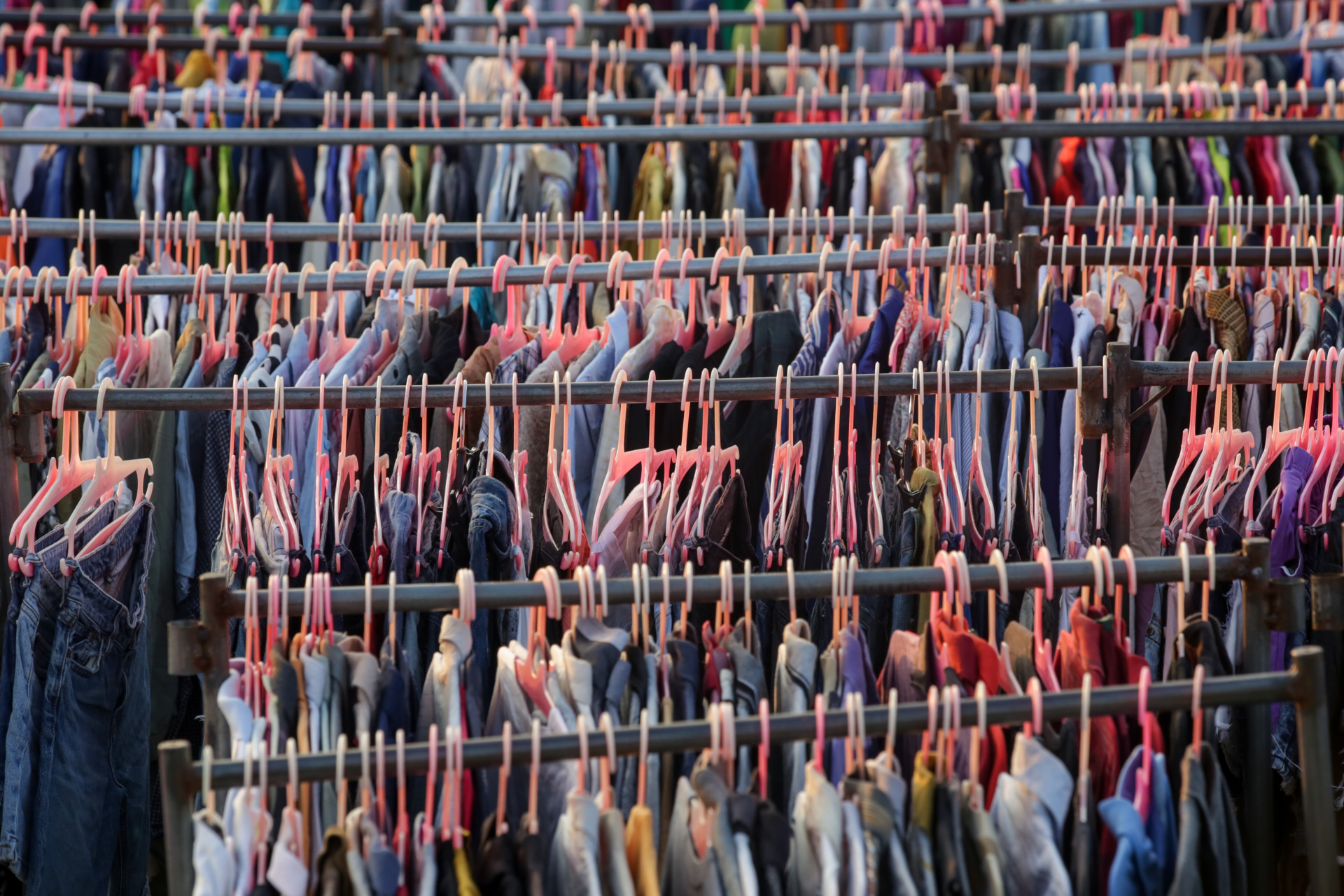
Following news that the EU is gearing up to reduce waste and place a slew of bans on harmful fast fashion practices, the UK has reviewed its own waste programme and unveiled a proposed plan of action. Here, we break down the ‘Maximising Resources, Minimising Waste’ programme – and highlight what it could mean for the UK fashion industry.
The Country & Town House Responsible Buyers’ Guide
What Is The ‘Maximising Resources, Minimising Waste’ Programme?
The ‘Maximising Resources, Minimising Waste’ programme is essentially a waste prevention plan that ministers want to roll out in England. It sets out the government’s priorities when it comes to managing resources and waste, in line with a strategy that was first unveiled in 2018. The aim of the new plan is to keep goods in circulation for as long as possible – and at their highest value – to encourage a circular economy, as well as increased services for the reuse, repair and remanufacture of goods.
‘We mean business when it comes to preventing waste,’ said Rebecca Pow, the UK’s environment minister. ‘We’re targeting the sectors responsible for the biggest impacts on the environment, and working with business to take the right steps for better use of our precious resources. Today’s announcement sets out a long-term vision to improve our use of resources and protect the environment.’
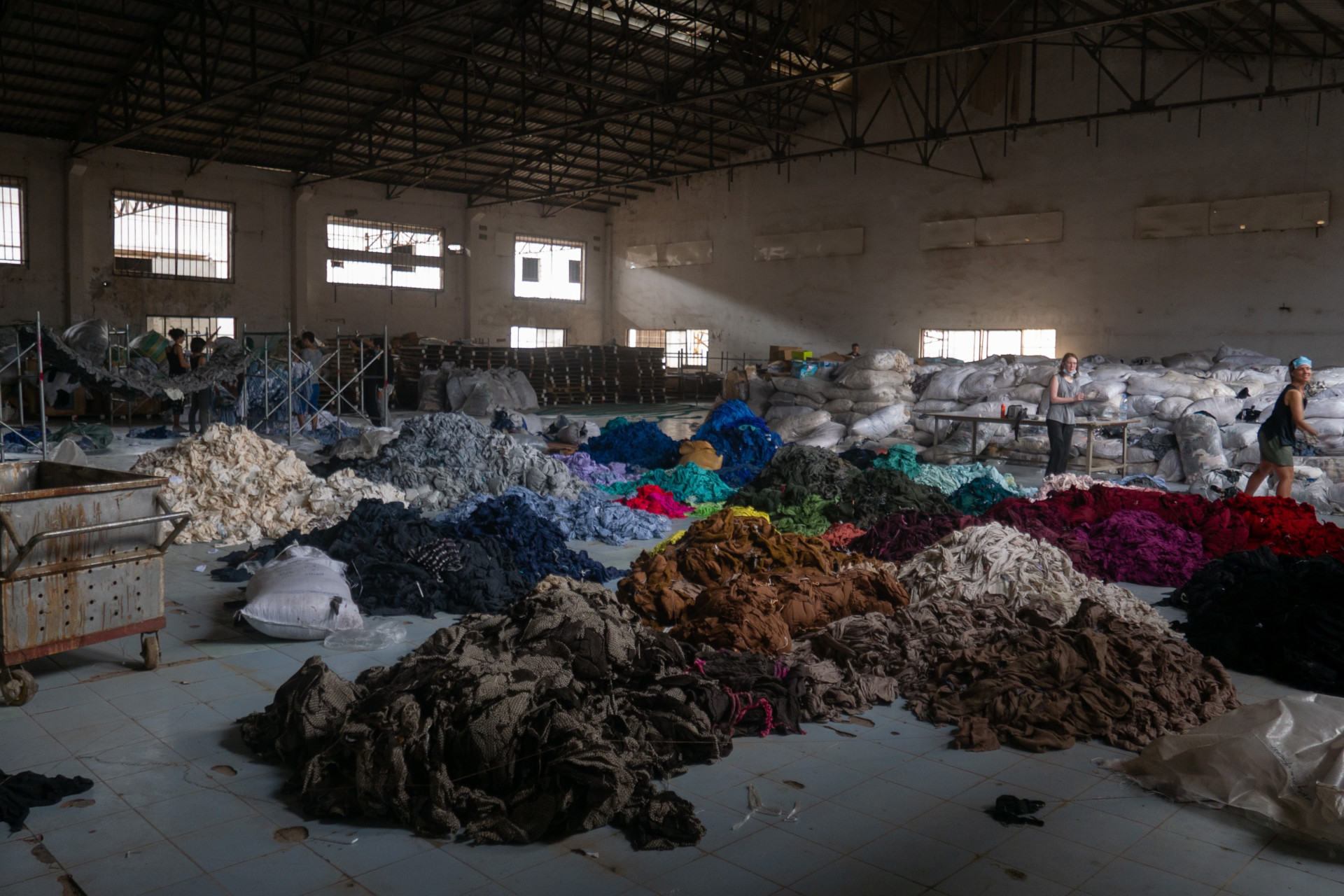
(c) Francois Le Nguyen, Unsplash
The Break Down
The new programme focuses on seven key sectors for action, with proposed policies outlined to help curb waste in these areas. The report provided on the government website emphasises that any policy proposed will be subject to public consultation, with expenditure plans outlined in single or multi-year reviews. The seven sectors are:
- Construction
- Textiles
- Furniture & Furnishing
- Electrical & Electronic Products
- Road Vehicles
- Plastic & Packaging
- Food & Drink
Fashion Industry In Focus: Textiles
The UK government has committed to ‘the near elimination of municipal biodegradable waste to landfill’ from 2028, with a goal to halve residual waste (the waste that is left once the recyclable waste has been separated) by 2042. In order to cut back on textile waste, the report identifies three key points of action:
- We need to use our products more and for longer: the report highlights that a new t-shirt has approximately a 70 times larger environmental impact than a reused t-shirt, meaning that more than 3kg of CO2 is saved for each medium-high value t-shirt reused.
- We need to get better at sorting residual from recyclable waste: while 620,000 tonnes of used textiles are separately collected for reuse and recycling each year in the UK, 60 percent is exported for sorting.
- We need to build up a textile recycling industry: this is to keep textiles out of landfill and incineration. Efficiency surrounding textile recycling is currently too low to give brands (or the country) and cost advantages, with most textiles recycling involves shredding material for low value uses (like rags or insulation). A better and more lucrative alternative could be to recycle clothing materials back into other items of clothing.
The report also highlights the role of resale, rental and repair services in diversifying business portfolios by allowing brands to create an income stream without creating new product. The Business of Fashion reported that the global resale market for clothing will reach $57 billion in sales by 2025, up from $27 billion today.
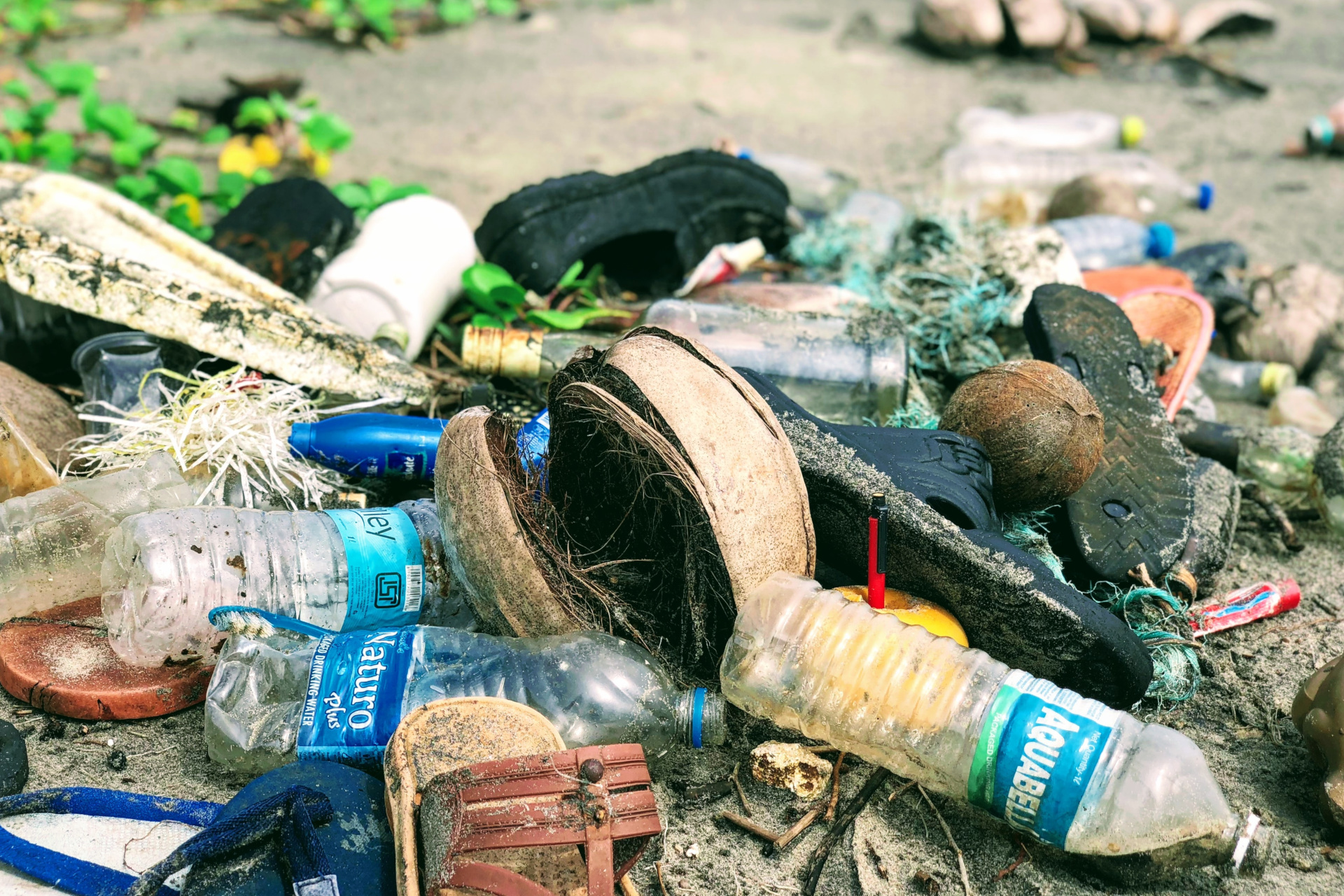
(c) John Cameron, Unsplash
Alongside the current Textiles 2030 initiative (the UK Sustainable Textile Action Plan), a voluntary roadmap designed for businesses to reach targets around circular design, business and closed loop materials by 2030, the government set out a number of future proposals. These include:
- A UK Research and Innovation National Interdisciplinary Circular Economy Research programme: a £2.5 million circular economy innovation fund will be used to support projects within the programme. An example in development is the Extended Producer Responsibility scheme for textiles, which will be developed in collaboration with the UK Fashion and Textiles Association, the British Fashion Council and the British Retail Consortium, and aim to hold producers responsible for for the full net costs of managing the textile waste they create.
- Textile waste hierarchy: developed to provide guidance to businesses managing textiles as well as fashion products and materials. Impact assessments will explore measures like presenting reusable and recyclable textiles for separate collection and for the collecting organisation to separately collect and store until treating; requiring businesses over a certain size to provide customer take back systems for used textiles and banning separately collected material from being sent to landfill and energy from waste without prior sorting.
- Enhance voluntary action to reduce textiles waste: starting with voluntary reporting, the government proposes to drive standardised measurement and reporting of waste generation across the supply chain, with an initial focus on unsold and surplus stock. Once established, the government will consider whether mandatory reporting of waste is needed.
- Interdisciplinary Textiles Circularity Centre: the government have funded a four-year, £5.4 million research programme into the development of renewable textiles from post-consumer textiles and household waste.
- UK Research and Innovation’s Circular Fashion Programme: the government will fund £15 million to encourage the industry to address the issues stopping many businesses from adopting a circular model. This initial two-year programme includes £4 million for a sorting and recycling demonstrator, £6 million for enabling research, £2 million for an industry led Innovation Network, and £3 million for projects partnering UK fashion companies with UK universities to lead research and innovation.
Ecodesign Requirements
The government also highlights plans to ‘design out waste’, with emphasis on driving change in product design so that products are made to be durable, repairable, recyclable and, where appropriate, remanufactured. Outlining how the current model of manufacture for most products – a linear ‘take, make, use and dispose’ model – makes room for products that break or wear out prematurely (with few options for repair or recycling) and often contain chemicals that are harmful to people and the environment, the government emphasises that the way we operate now is both too costly and too damaging to the planet.
The proposed strategies include setting an ‘ecodesign’ requirement, where products will have to meet a mandatory minimum level of environmental performance with consideration of factors like energy efficiency, proportion of recycled content, minimum number of use cycles before performance deterioration and whether certain components can be removed or replaced when they fail. Another indicates that products will need to better inform shoppers of their environmental credentials, with some kind of label to highlight things the product or brand has done to combat its environmental impact.
Other plans of action outlined here include encouraging the industry to set it’s own standards (with less need for regulation), applying ecodesign requirements to electrical equipment and appliances and exploring the role warranties and guarantees can play in extending the lifetime of products. As per the Environment Act 2021, the government has also indicated that it will begin looking at implementing mandatory ecodesign, Extended Producer Responsibility schemes and a means of providing environmental information to consumers (potentially through product passports).

(c) Fernand De Canne, Unsplash
Read More
You can read the full policy paper for ‘Maximising Resources, Minimising Waste’ at gov.uk
Featured image: Getty Images




